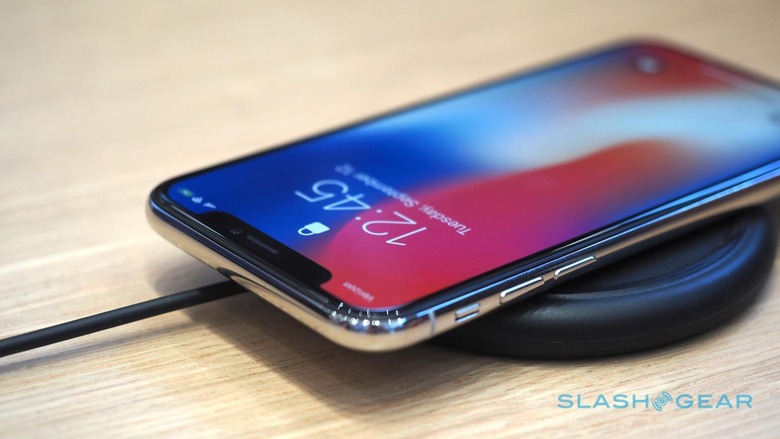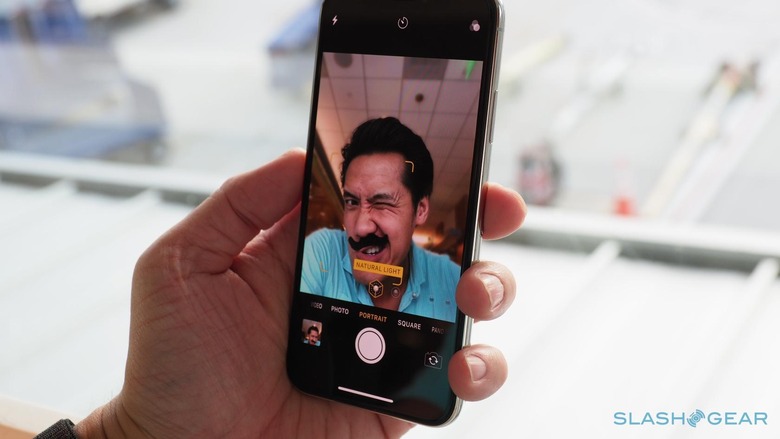iPhone X Face ID Is A Learning Curve Worth Teaching
Goodbye home button, goodbye Touch ID, hello iPhone X and facial recognition. Apple can be ruthless about getting rid of features it thinks have overstayed their welcome (headphone jack, I'm looking at you) but few have been so controversial as the new iPhone flagship's switch from fingerprint security to facial recognition. Unsurprisingly, it hasn't been a change that's been universally loved.
The big question is: how well does Face ID work? Apple's big promise is around security, with the facial recognition apparently offering a 1-in-a-million chance that someone else's face will be mistaken for yours. In contrast, Touch ID has a 1-in-50,000 chance of being fooled. Apple does warn that if you have an identical twin they might be able to convince the system.
What there's been less official talk – and, ironically, probably more interest from potential users – about is how well and how regularly Face ID actually recognizes you. I suspect, given it's billed as a Touch ID replacement (rather than, say, Apple including both options on the iPhone X), the expectation is that facial recognize needs to work in exactly the same ways as fingerprint recognition does. Already, it seems that might not be the case.
In my brief time with the iPhone X, I tried using Face ID with the phone in ways I already use Touch ID on the iPhone 8 Plus. While I have my thumbs registered for when I'm holding the phone, I also have my index finger saved so I can stab the home button while the iPhone 8 Plus is lying on the desk next to me, unlocking and waking it simultaneously.

Though a tap on the screen wakes the iPhone X (you can also press the side button or lift-to-wake) it didn't want to "see" my glance over at the screen. I had to move my face further over the front of the phone before it spotted I was paying attention. Now, there's an option in the Face ID settings which allows you to turn off the attention aspect of the system: the part where the iPhone X waits until you're actually looking at it with your gaze before it'll unlock the phone. That might make it more likely to respond, but Apple does warn that the system is more secure with the option turned on (as it is by default).
Speaking to my colleague Vincent, who has been using the iPhone X for about the past 24 hours, it seems increasingly clear to me that it's too early for anybody outside of Apple to say how Face ID holds up to Touch ID. Fundamentally, your fingerprints don't change – or, if they do because you have a cut or graze, whether they're recognized by the iPhone 8's fingerprint sensor is a binary thing. Your fingertip either passes or fails.
Face ID, though, has a much harder challenge, because we don't look the same way all of the time. Never mind day to day changes, like your hair getting longer or gradually growing a beard, we look different in the morning when we wake up, different again after we've got ready fore the day, and different again too in the evening.
Vincent, for instance, trained Face ID initially while wearing contact lenses; when he later tried to access the iPhone X with glasses on, the phone didn't recognize him. It happened 2-3 times, he tells me, each time asking for his passcode as a failsafe. Importantly, though, each time it also captured his image to update the profile Face ID was developing for him, and by the fourth attempt the iPhone X could recognize him, glasses and all.

It seems fairly unpredictable when clarification will be required. I forced Vincent to put on a fake mustache and Face ID didn't seem to care, but with a hat and sunglasses it asked for the passcode. Just once, and then after that it didn't have a problem with them.
I suspect that learning process will taper off after the first month or so, as the iPhone X gradually gets to know you. Already, this adaptive facial recognition is an improvement; as Vincent told me, there's a clear indication that Face ID is building on what it sees, "unlike with Apple's competitors, where if it doesn't recognize you it flat-out doesn't work."
MORE iPhone X first-impressions
His comparison is of teaching a child. "Over the next month it is going to learn every single expression that you make on your face, from a zit to your one-eye-squinting in the morning before you have your glasses on," he told me. "You have to treat Face ID like a kid, you have to teach Face ID how you look over the course of a day."
On the face of it – no pun intended – you could question whether a system which requires acclimatization could be seen as better versus one which just works once trained. All the same, I've been upbeat about the TrueDepth camera powering Face ID and its potential beyond just unlocking your phone or making poop emojis leer in that special way your spouse lies and says they enjoy. Given what the tiny Kinect-in-your-iPhone could do, I think a little "getting to know you" period is worth the investment.
